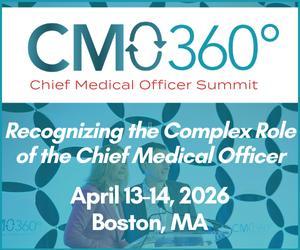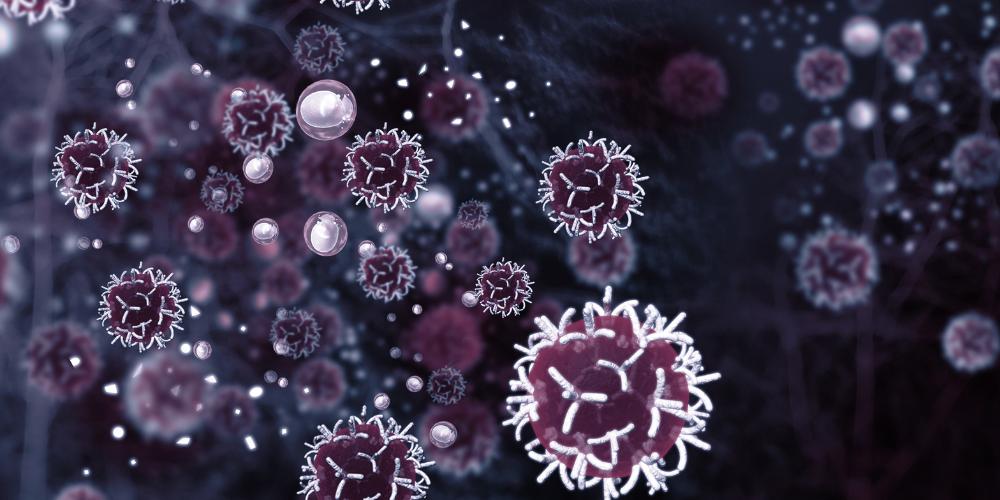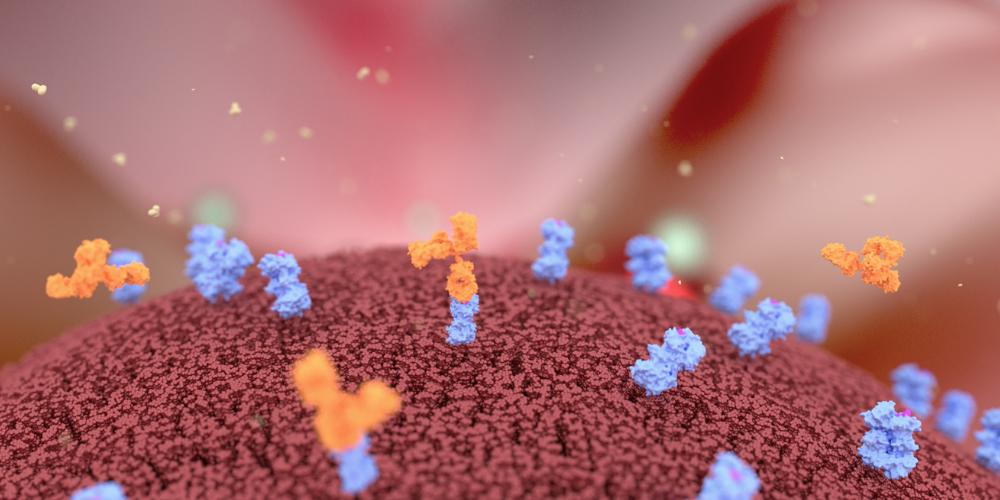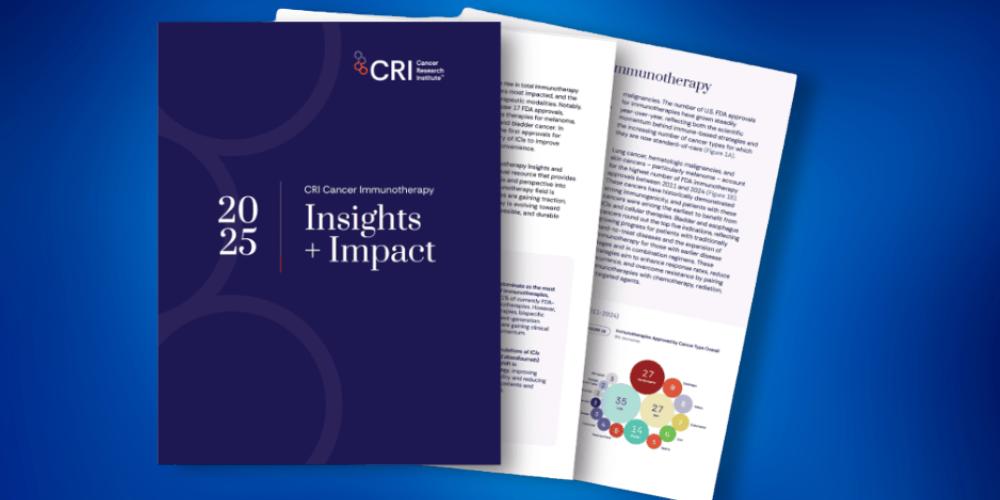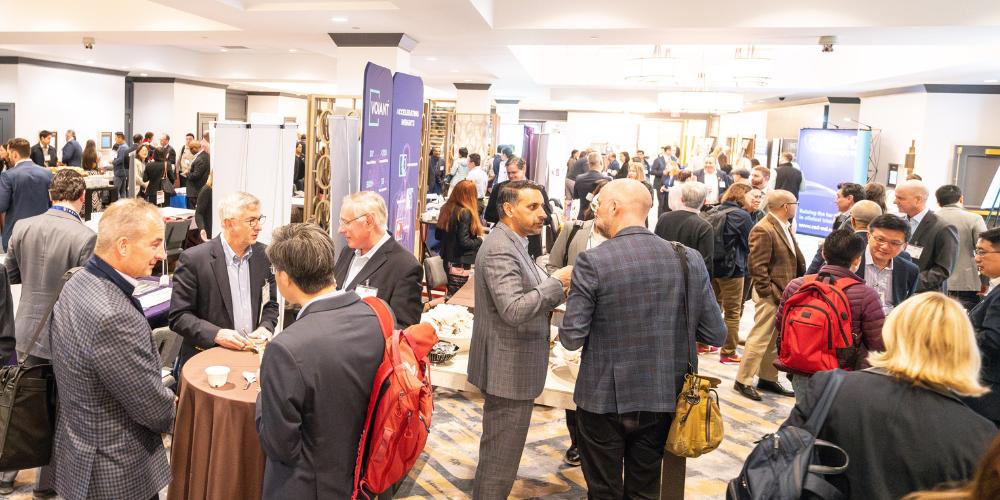Moffitt Cancer Center CEO Dr Patrick Hwu on CAR T, TILs and Tracking Patient Outcomes
Dr Patrick Hwu discusses CAR T, scaling manufacturing, and developments in TIL therapy, drawing from his deep expertise in the cell therapy space. Patrick Hwu, MD, is the president and CEO of Moffitt Cancer Center.

What is the biggest takeaway for you about CAR T, after having treated so many patients with it?
What we’ve seen from so many CAR T patients are durable, long-term responses, both in clinical trials and from real-world data. We’ve treated over 1,200 CAR T patients at Moffitt, for mostly hematologic malignancies like lymphomas and myelomas, as well as other cell therapies. It’s been quite remarkable, even against the toughest types of lymphomas or with tough-to-treat mutations and translocations.
CAR T, with the exception of some gastric cancers, has been largely used for hematologic malignancies, but 90% of cancer deaths are from solid tumor malignancies. One of our major goals at Moffitt is for CAR T to work against solid tumors.
How are you trying to make gains in solid tumors with cell therapy?
One: We're trying two different receptors, antigen-recognition receptors as well as switch receptors. With switch receptors, we can take a negative signal from the environment and switch it to a positive signal. Using that combination, we hope to increase the effectiveness of CAR T against solid tumors.
Two: We're also using some CRISPR technologies to make immune cells into super soldiers by taking out some of the inherent stop signs that the immune system makes. We’re using CRISPR to take out a gene in order to change the metabolism of T cells. This will get them to explosively proliferate when they see tumor cells.
Three: We’re also working with TIL cells. This obviously isn’t CAR T, but we have taken T cells from tumors, grown them to very large numbers, activated them and given them back to the patient. That seems to be working against a number of solid tumors. For years, it has worked against melanoma, and now we have a lung cancer trial, among others.
"We’re using CRISPR to take out a gene in order to change the metabolism of T cells. This will get them to explosively proliferate when they see tumor cells."
You’ve worked in TIL therapy for many years. What is exciting to you about this therapy’s future?
Right now we're excited that the first TIL therapy has been approved by the FDA for melanoma that's progressed beyond the initial therapies of immune checkpoint blockade or targeted therapy. There's a huge unmet need for that.
Everyone thinks melanoma is done, but we still have far to go. Roughly half the patients respond well to the initial treatments. But for the other half, we need some better therapy, and it is great to have TIL as an option. At the same time, we need to improve our results for lung cancer, head and neck cancer, bladder cancers, etc. We’re doing a number of trials at Moffitt.
What are the challenges you’re facing with TILs?
We need to grow the cells in a better way. The first generation showed we could do it, but the next generation will require us to activate cells in a more specific way. We’re working closely with Turnstone Biologics to sequence the tumors and finding personalized antigens from those tumors. From that, we’re taking dendritic cells from the patient, pulsing those dendritic cells in an attempt to pull out more specific T cells that are much more specific against the mutations from the tumor.
I think these are going to be much more effective TIL cells. We’re doing a trial with Turnstone for melanoma, colon cancer and head and neck cancers.
"Everyone thinks melanoma is done, but we still have far to go. Roughly half the patients respond well to the initial treatments. But for the other half, we need some better therapy, and it is great to have TIL as an option."
What are the more consistent challenges you’re dealing with when working with CAR T for so many patients?
We’re estimating that, at most, only 20% of the patients who need CAR T treatments are getting them, one of the major reasons being scalability to make enough CAR T cells. When myeloma CAR Ts came out, we couldn’t give the therapy to everybody who was on the list because the manufacturing was the bottleneck. And so we've taken that to heart and we have to make it more scalable.
We started a bioengineering department led by Dr Greg Sawyer. He is an advanced melanoma survivor treated on one of the first immune checkpoint blockade studies. One of his major areas of focus is scaling T cell therapy by scaling the growth of T cells. A biologist like myself is not going to solve the problem of scaling cell therapy manufacturing; it’ll be engineers working with biologists.
How are you using data to enhance outcomes?
We have a very strong tumor registry group led by Dr Dana Rollison, to measure and publish our outcomes. Most other cancer centers don’t keep track that way, but if you’re going to improve your outcomes, you have to know what they are. It’s hard to figure it out otherwise.
"We’re estimating that, at most, only 20% of the patients who need CAR T treatments are getting them, one of the major reasons being scalability to make enough CAR T cells."
What has tracking outcomes shown or proved to you?
We know that outcomes are improving and they're improving in specific cancers. For example, outcomes are improving in lung cancer because we're now molecularly testing all the lung patients. We are giving them either specific targeted therapies or immunotherapies. Our outcomes are also improving because of our ability to treat with immunotherapy earlier.
Our goal is to improve outcomes in some cancers where it’s been hard to move the needle, such as glioblastoma and pancreatic cancer. With pancreatic cancer, we know that we can actually do okay if we find pancreatic cancer in the early stages, but the challenge is we mostly find it in the later stages. That shows us we need to have other therapeutic options, and we need to figure out how to screen for those cancers and find them earlier. At the same time, we need to work on cell therapies for those cancer types. In my lab, we’re working on finding cell therapies against glioblastoma and pancreatic cancer.
What needs to be improved upon?
For the treatment of myeloma with CAR T, we're still not getting as durable of responses as we need, so I think we need new myeloma targets for that. On the solid tumor side, we need better CAR T receptors and better TIL therapy approaches.
We just published a paper on TIL in ovarian cancer and pancreatic cancer. We didn't see any ovarian cancer responders. I think that could be because we’re probably not growing the best T cells in these immunologically silent tumors where we don’t see a lot of T cell activity. I’m hoping that with our Turnstone approach, we can grow better, more specific T cells to turn these immunologically cold tumors hot.
What combinations are you interested in?
One interesting approach is cancer vaccines. The COVID vaccine was originally a cancer vaccine, and everyone is talking about personalized RNA cancer vaccines. They will synergize with a lot of approaches: RNA vaccines plus immune checkpoint blockade or T cell therapy. We have to go back to using vaccines now that we have such great technology in RNA vaccines.





